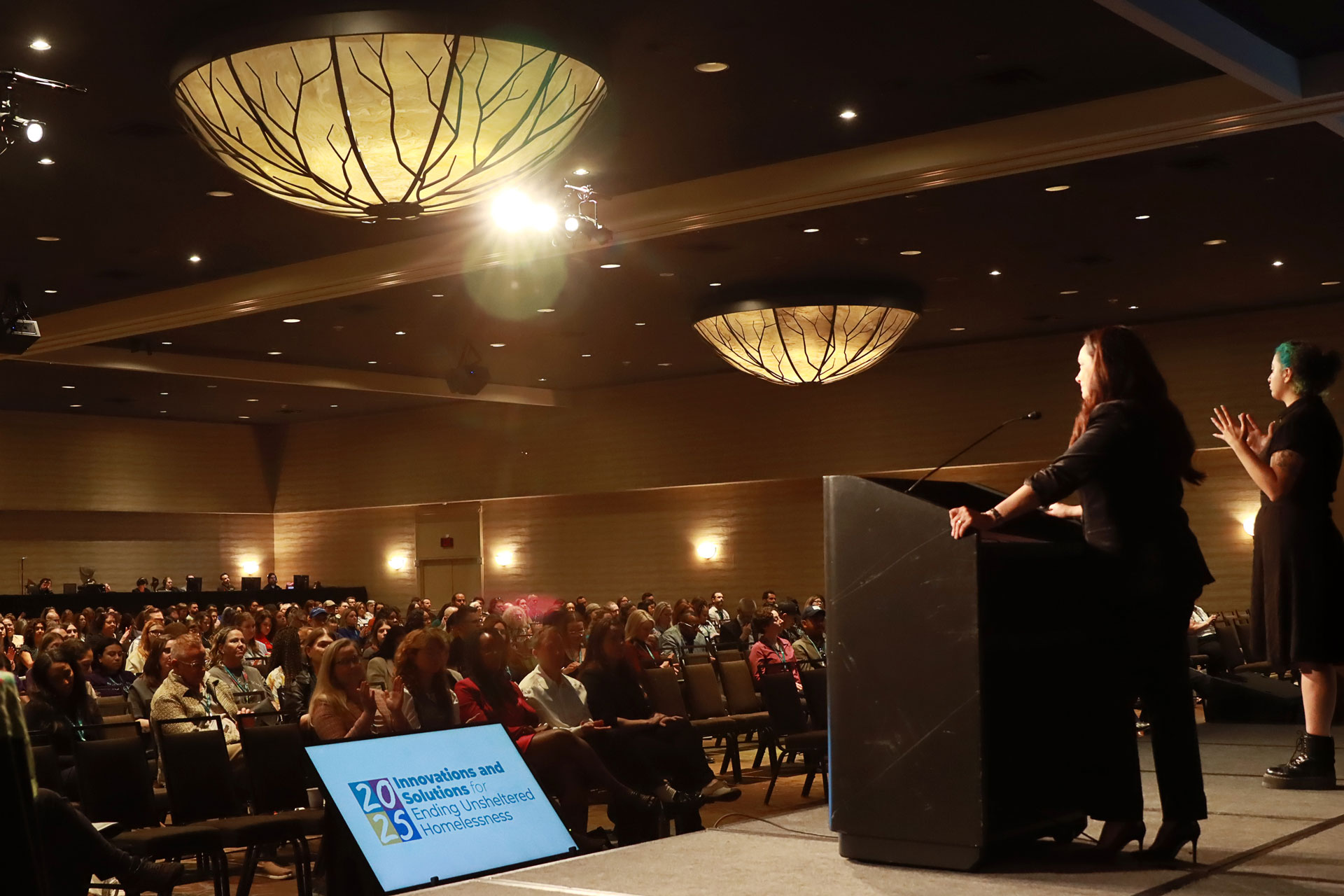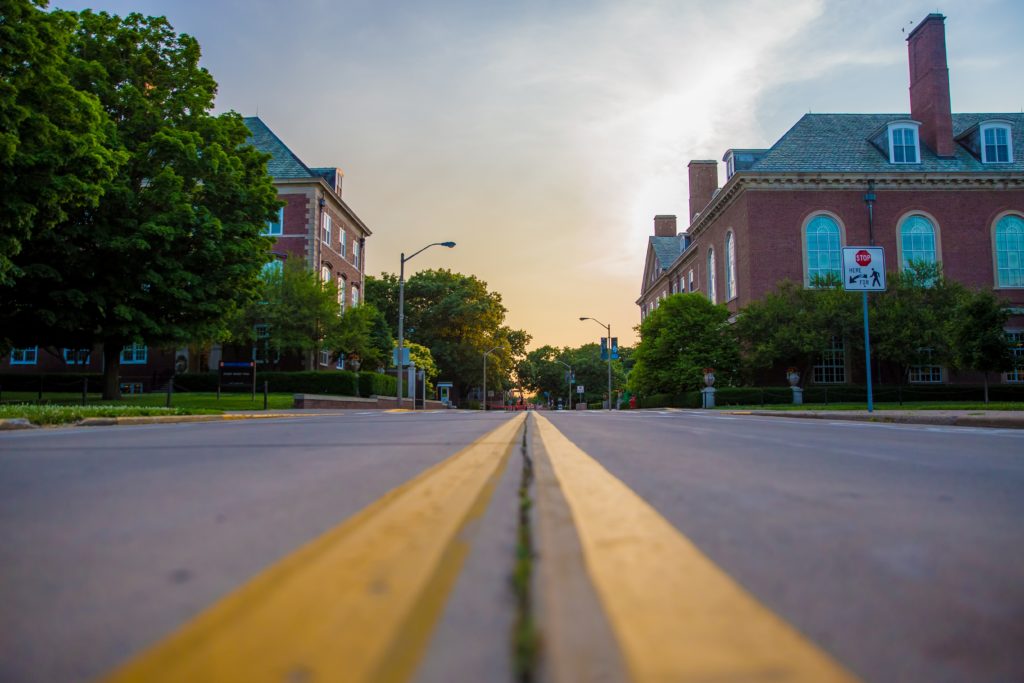People experiencing homelessness often live with chronic health conditions that can be exacerbated by mental health and/or substance use disorders. Many do not receive regular healthcare, and when they access healthcare, it usually is to address an acute care incident which results in frequent emergency department visits.
When people experiencing homelessness require hospitalization, they may have longer hospital stays even though they are not sick enough to remain hospitalized. This can occur because discharge planners, aware that the individual lacks safe, stable housing to recover and maintain follow-up care, are looking for options to ensure continuity of care and transition the patient to the most appropriate setting. Sometimes, the only option is to discharge the individual to emergency shelters, which are historically not resourced or equipped to provide the needed care support. This is where medical respite programs come in.
What is Medical Respite?
Medical respite is short-term residential care that offers people experiencing homelessness a safe place to recover while accessing medical care and other supportive services. Seeing this revolving door from homelessness to hospital and back again – and the adverse impact on health status, along with the resulting costs to the healthcare system – medical respite programs were developed to address the gap in transitional care for patients experiencing homelessness.
Approximately 133 medical respite programs are located across 38 states and territories, with programs concentrated on the east and west coasts. While medical respite programs vary, the Standards for Medical Respite Care help guide communities to ensure proper care. Programs operate in various settings, such as stand-alone facilities, motel/hotel rooms, apartments, long-term care facilities, and emergency shelters that have the capacity and capability. Each program and model differ; however, they should include 24-hour access to a bed, wellness checks by medical respite staff, transportation to medical appointments, three meals daily, care coordination, a place to store belongings, access to a telephone for telehealth, and other ways to communicate medical needs.
Why is Medical Respite Important?
In July 2020, the National Health Care for the Homeless Council launched the National Institute for Medical Respite Care (NIMRC) to identify best practices, offer expert services, and advance state-of-the-field knowledge in medical respite care. In a meta-analysis conducted by NIMRC, the following themes were noted:
Need for Medical Respite: Without medical respite, people experiencing homelessness have longer hospitalizations, are more likely to spend their first night post-hospitalization living unsheltered and have sub-optimal outcomes due to a lack of appropriate discharge options.
Partnerships for Medical Respite: Establishing partnerships for medical respite can occur through identifying community needs, generating “buy-in,” and engaging with health systems and community programs.
Outcomes of Medical Respite: Medical respite admissions decreased time spent in the hospital, emergency department use, and readmission rates, resulting in cost savings for hospitals. Medical respite can improve health-related quality of life and health management. It can also reduce gaps in services and increase connection and use of benefits, outpatient primary care, and mental health care.
Medical respite programs have long been considered essential for people experiencing homelessness to recover from acute care incidents and access programs and services to meet their basic needs. This need is not new. The United States Interagency Council on Homelessness’ 2015 Federal Strategic Plan to Prevent and End Homelessness, Opening Doors, spoke to the need to integrate primary and behavioral health care services with homeless assistance programs and housing to reduce vulnerability and impact of homelessness. The plan acknowledged that the delivery of medical respite improves health outcomes and can help to facilitate connections to permanent housing.
Concluding Points
Homelessness and healthcare sectors feature a systemic lack of coordination that can be particularly harmful to people experiencing homelessness. Community partnerships are essential. Programs like the Housing and Services Resource Center, which works to foster collaboration and partnerships among various sectors, are promising ways to build these connections.
Policy change is critical, especially when coupled with innovative payment mechanisms that incentivize coordinated approaches to homeless services. Bright spots include flexibilities offered through Medicaid’s waiver programs, especially waiver authority through 1115 waivers, 1915 (c), 1915 (b).
Stay Updated: Solutions, Stories, and Ways to Make an Impact
Sign up to receive updates on the Alliance’s work, including the latest research, advocacy efforts, and real stories of progress — plus ways you can help drive lasting change.














